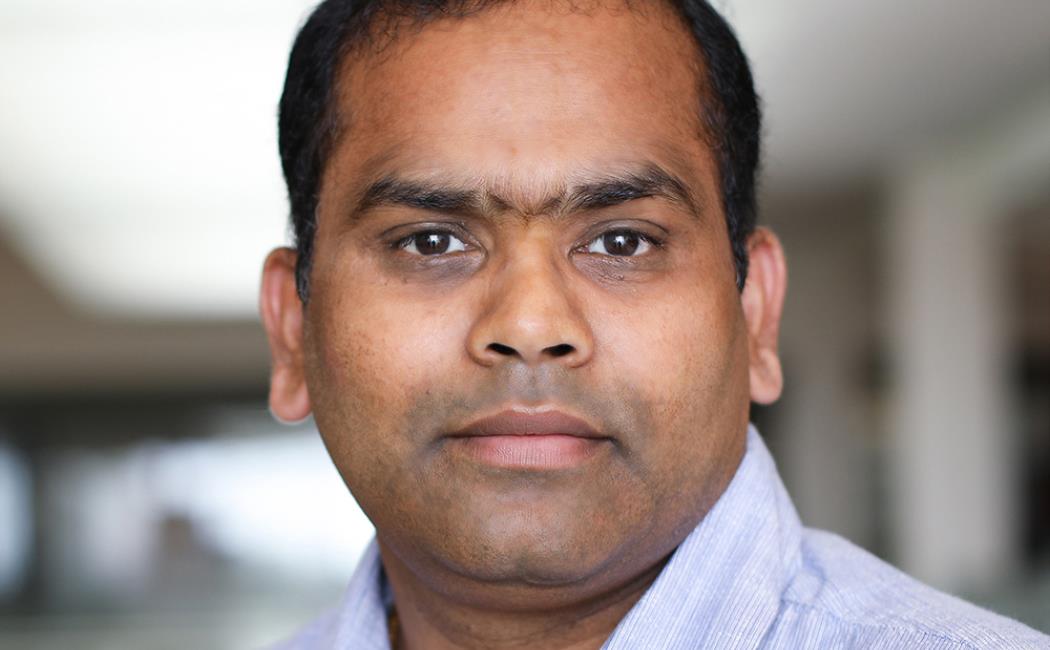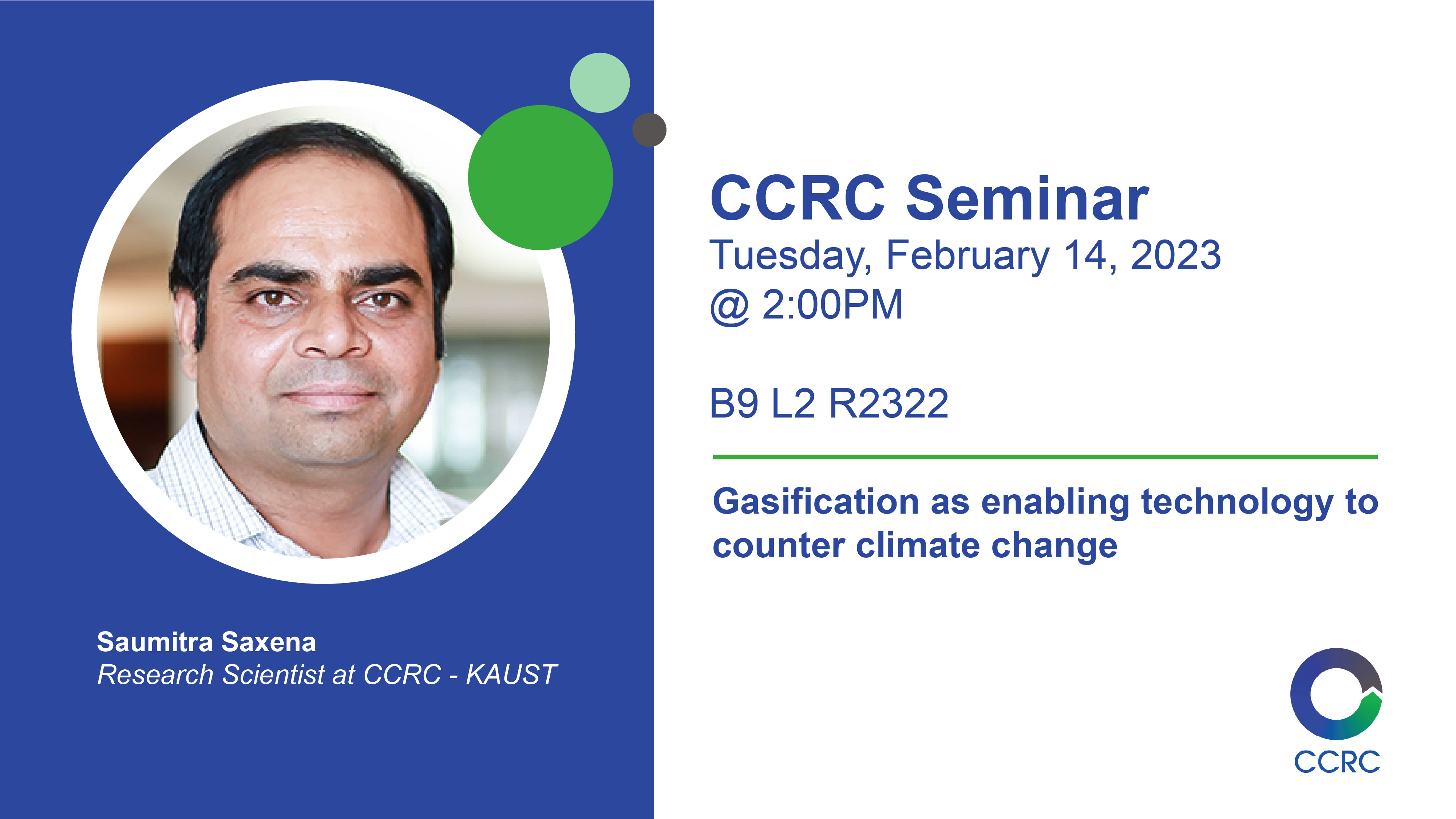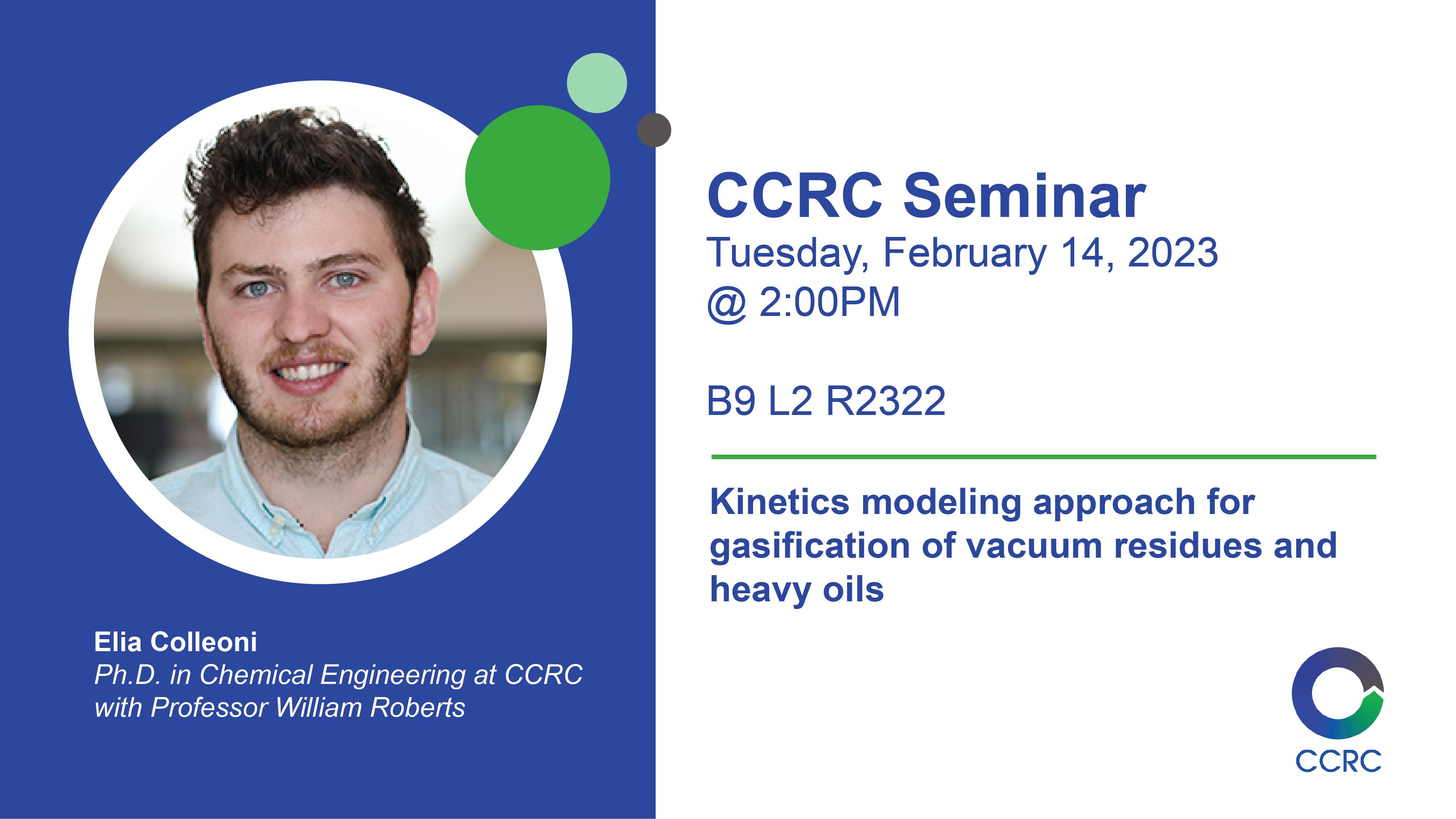


The talks are on:
Saumitra Saxena
Research Scientist in the CCRC

Abstract:
While climate change is predominantly a result of air pollution from human activities (anthropogenic), it worsens air pollution at the same time, thereby creating a vicious cycle. UN's Intergovernmental Panel on Climate Change (IPCC) recently delivered its sixth assessment report (AR6). AR6 emphatically conveys that CO2 and non-CO2 climate forcers must be targeted to address short- and long-term global warming. While the world is focused on reducing CO2 and methane emissions, some non-CO2 emissions, like short-lived climate forcers (SLCFs), stay under the radar, with aerosols being the most prominent SLCFs. The aerosols generated from fossil fuel combustion, forest fires, and other natural emissions produce a cooling effect instead of a warming one. Hence, they are the most significant source of uncertainty in climate warming estimation since their cooling effect is highly variable and largely intractable. The present talk will discuss how Gasification technology has the potential to address both CO2 and non-CO2 emissions, including the SCLFs. Gasification is also probably the single technology that can improve the value of low-value or bottom-of-barrel fuels like vacuum residue (VR) by converting them to clean syngas, the opening possibility of clean production power, hydrogen, and a variety of essential chemicals.
Bio: Saumitra Saxena is a Research Scientist at the Clean Combustion Research Center (CCRC) at KAUST, Saudi Arabia. Saxena has over 20 years of experience in academia and industry in diverse global organizations. Previously, he worked as a combustion and pollutant chemistry expert for General Electric Global Research (GRC). Saxena holds a Ph.D. in Chemical Engineering from the University of Illinois at Chicago. Before joining GE, he was a postdoctoral fellow at the Energy and Environmental Engineering Division at the University of Dayton Research Institute (UDRI). His research emphasizes (1) carbon footprint reduction through technological innovations and applications of hydrogen and ammonia in the power and industrial sector; (2) Low-emission combustion technologies for gas turbines and reciprocating engines (3) Economic utilization of bottom of the barrel fuels like vacuum residues and heavy fuel oil via gasification. He is the technology editor of the upcoming book, "The Hydrogen economy and Saudi Arabia," soon to be jointly published by KAUST and KAPSARC.
Sreenivasa Rao Gubba
Research Scientist in the CCRC

Abstract:
There is a need to understand the fundamental aspects of VR gasification, which is expected to improve the VR conversion rates, reduce/optimize soot generation, and minimize capital investments. At CCRC, we are building a 50-100 kWth modular entrained flow gasifier capable of handling different feeds such as solid, liquid, and gas, but primarily the VR with other auxiliary systems for cleaning/heat exchange/catalyst loading. The modular capability should enable the use of the facility for different applications, such as autothermal reforming (ATR) and NH3 cracking, with minimal modifications. The gasifier is expected to withstand up to 40 bar pressure & 1500 C continuous heating via electrical resistance. This facility is expected to provide a controlled environment for addressing critical issues such as VR conversion rates, VR char characterization, burner design, refractory life, and gasifier availability. In this talk, we will present the design philosophy and the progress of the modular entrained flow gasifier.
Bio: Sreenivasa Rao Gubba received his B.Eng. degree in mechanical engineering from Andhra University, India, in 2000 and his MS by research degree in aerospace engineering from Indian Institute of Technology Madras, India, in 2003. He received his Ph.D. in mechanical engineering from Loughborough University, UK, in 2009. His doctoral research involved developing a novel dynamic flame surface density model for turbulent premixed flames for a large eddy simulation (LES) technique. Following the Ph.D., he worked as an EPSRC research fellow at Leeds University, UK, optimizing pulverized coal/biomass blends for industrial power plants. He took up the role of lecturer in thermo-fluids at Manchester Metropolitan University, Manchester, UK, for a short stint before joining General Electric, India, as a Lead Engineer. While at GE, he had an opportunity to impact several products, such as 7HA.02 GT using axial fuel staging, Tier4 GEVO Diesel ICE using soot-reducing injectors, and Jenbacher J616 with a novel pre-chamber design. In addition, he developed digital twin-based tube health monitoring systems for boilers. He joined CCRC in July 2020. He has nine years of academic and 8.5 years of industrial experience.
Elia Colleoni
Ph.D. student in chemical engineering at CCRC with Professor William Roberts

Abstract:
Gasification constitutes a series of multi-phase, multi-physics thermochemical processes leading to the conversion of a feedstock into syngas (CO, H2 ) under oxygen-deficient conditions. A model adequately describing residual oil gasification is crucial for designing and optimizing industrial units. Many challenges are faced in developing a mathematical model to describe the gasification process for complex feeds. This talk will focus on elaborating on the broad contours of the gasification modeling framework while focusing on kinetic model development. The first step of model development is the definition of a suitable fuel surrogate able to mimic the oil. The surrogate is defined according to practical information on the feed; specifically, the SARA (Saturates, Aromatics, Resins, Asphaltenes) analysis and the elemental characterization are used to define the appropriate surrogate starting from a poll of nineteen key molecules. Once the surrogate is defined, the gasification process can be divided into three different steps with different characteristic times. (1) feed pyrolysis, (2) gas phase partial combustion, and (3) heterogeneous gasification of carbonaceous residue. Different kinetics mechanisms can be developed for the three steps and then merged to describe the entire process.
Bio: Elia Colleoni received his B.Eng. and MS degree in chemical engineering from Politecnico of Milano in 2021. He is currently doing his Ph.D. in chemical engineering at CCRC with Professor William Roberts. His research topic covers residual oils upgrade, working on developing a pyrolysis lumped mechanism for residual oils oriented to the gasification process.